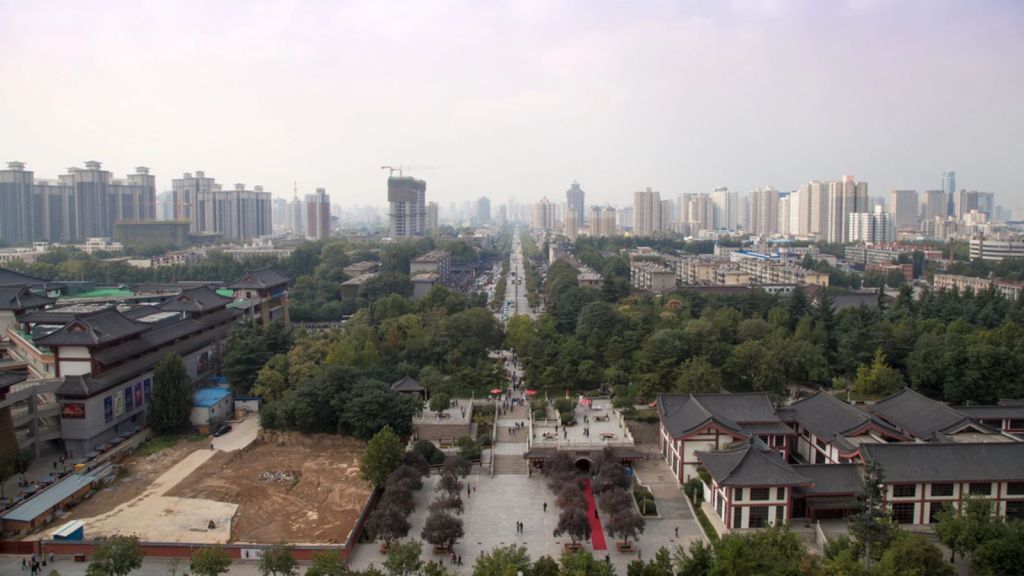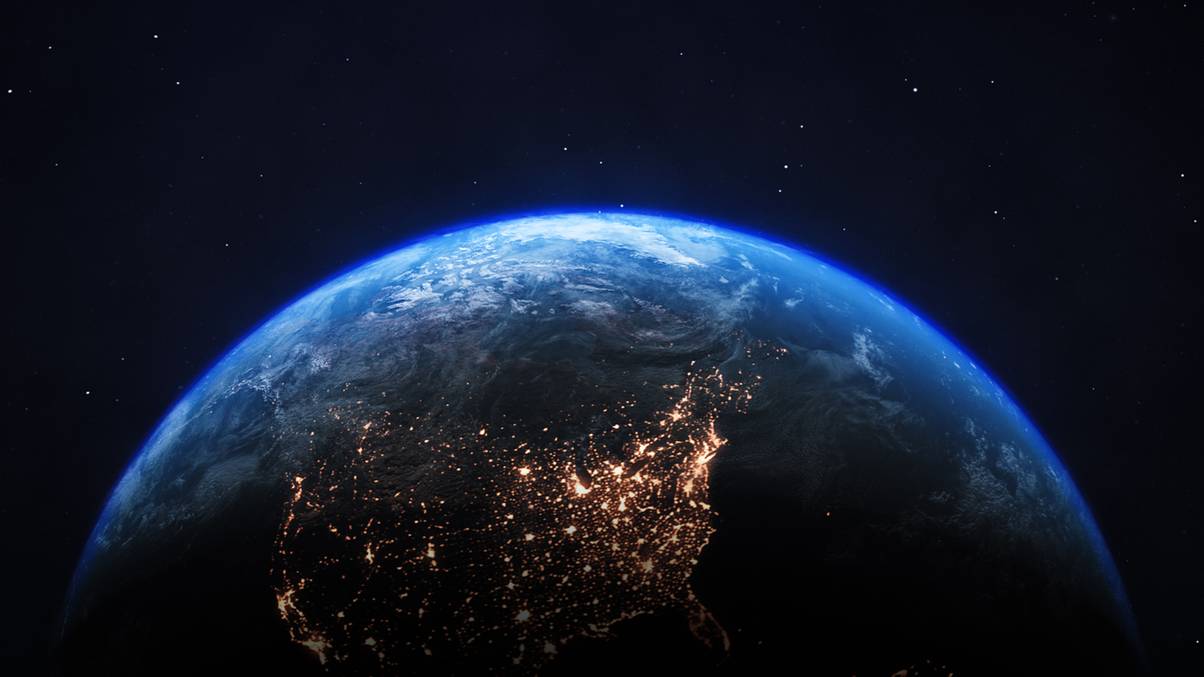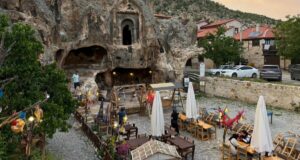“Discover the Shocking Truth Behind the 14 Most Catastrophic Earthquakes Ever Recorded!”
Have you ever felt an earthquake? It’s that uneasy realization that, no matter how grounded you think you are, Mother Nature has the ultimate trump card up her sleeve. One moment, you might be sipping your coffee, plotting world domination or figuring out what to binge-watch next, and the next, the ground is shaking beneath your feet like it’s joining a dance party! While most of us may only experience minor tremors, history shows us that there have been times when the earth decided to throw a full-blown tantrum, leaving chaos in its wake.
From cities that stood proud against the skyline to towns that vanished in mere moments, these seismic events remind us just how fragile our existence can be. So grab your hard hat—we’re diving deep into the ground-shaking drama of the 14 worst earthquakes ever recorded. These quakes didn’t just rattle buildings; they reshaped landscapes and changed lives, often leaving gripping tales of survival and loss. Buckle up! LEARN MORE.
Earthquakes, there’s just something about them that makes us feel small. You never know when one will hit, and when it does, the power can be nothing short of awe-inspiring. If you’ve ever been in one, even a small tremor, you’ll know the feeling. But for some places in history, the ground didn’t just shake, it roared, it crumbled, and it reshaped lives, landscapes, and whole cities in minutes.
Now, earthquakes aren’t just about reading off numbers on the Richter scale. The real stories are in the aftermath, how entire communities get wiped off the map or how people have to rebuild their lives from scratch. And yes, it’s not the cheeriest of topics, but knowing about these disasters reminds us of the sheer force of nature and how fragile our society can be when the earth decides to move.












